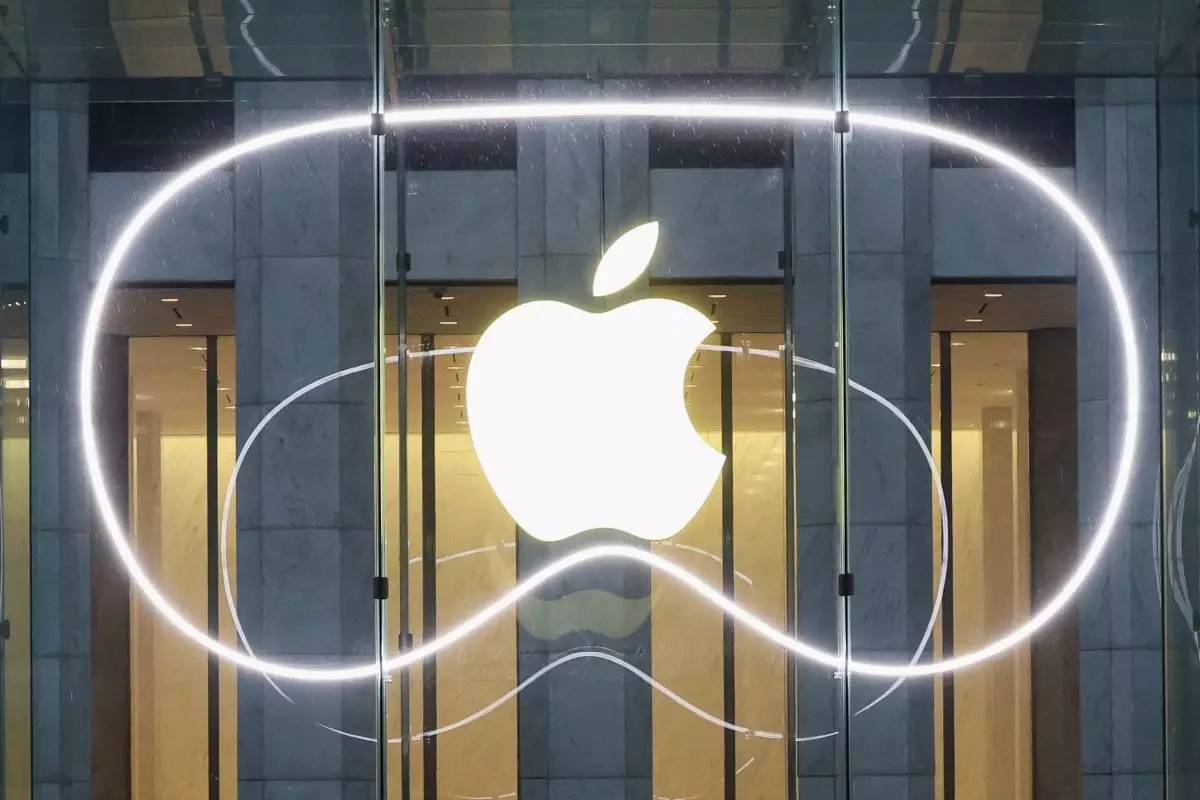In a significant escalation of tensions between labor forces and corporate giants, the U.S. National Labor Relations Board (NLRB) has accused Apple Inc. of undermining employees’ rights to engage in collective bargaining and advocacy. The NLRB’s complaint highlights Apple’s restrictive policies surrounding the use of workplace communication tools such as Slack and social media. The implications of these actions raise important questions about the balance between corporate governance and workers’ rights, especially in a landscape that increasingly emphasizes transparency and employee engagement.
The NLRB’s accusations suggest that Apple’s management has instituted a series of unlawful workplace rules that stifle employee communication and expression. These regulations reportedly encompass restrictions on employees’ use of Slack for discussing workplace conditions. Allegations detail that Apple fired an employee, Janneke Parrish, for her active role in advocating for better working conditions and fair treatment within the company. Furthermore, the company is accused of requiring other employees to remove critical social media posts, thereby creating an atmosphere of intimidation and fear regarding self-expression.
What stands out in this dispute is the enforcement of policies allegedly designed to monitor employees’ communication within their own digital environments. This environment, particularly during the COVID-19 pandemic, saw a rise in virtual spaces that allowed employees to engage with one another, leading to heightened awareness of workplace disparities. Apple’s stringent usage guidelines allegedly requiring managerial approval before employees could form new Slack channels starkly undermine the spirit of open communication that many companies claim to champion.
This is not the first instance of the NLRB addressing Apple’s labor practices; just the week prior, the agency issued another complaint alleging that Apple imposed illegal nondisclosure and non-compete agreements on its employees. This pattern of behavior raises crucial considerations about the legal boundaries within which corporate entities operate and the effect this has on employee morale and rights.
Should Apple and the NLRB fail to reach an out-of-court settlement, an administrative judge’s hearing is set for February. This instance serves as a litmus test not only for Apple but also for wider corporate practices regarding labor relations. The outcome could guide future behavior, reiterating the importance of compliance with labor laws and demonstrating the consequences of neglecting employee rights.
As the complaint unfolds, it brings to light a growing trend: the rise of employee activism in the tech industry. Workers are increasingly utilizing digital channels to air grievances and mobilize for change. Parrish’s advocacy for remote work options and her efforts to highlight alleged discrimination are representative of a broader movement within the workforce. This activism reflects not only dissatisfaction with individual companies but also a systemic call for equitable treatment across industries.
Despite Apple’s assertion that it fosters a positive work environment, the contradictions within its policies suggest that substantial gaps remain in addressing employee concerns. The legal complexities and emotional turmoil stemming from such conflicts can leave lasting impressions on corporate culture and employee loyalty.
Moving forward, Apple must navigate the ramifications of its labor practices carefully. It faces the dual challenge of maintaining its reputation as an industry leader while addressing allegations of unlawful behavior. The company has already expressed its commitment to worker rights, but the details of the NLRB’s findings must prompt a revaluation of its policies.
For the sake of its employees and its reputation, Apple must embrace transparency and open dialogue within its workforce. The situation demonstrates not merely a legal infraction but an essential re-examination of what it means to foster a genuinely inclusive and supportive workplace. If the claims against Apple hold weight, the tech giant could find itself at a critical juncture—where its internal culture and external image must align with the increasingly assertive demands of its labor force.

